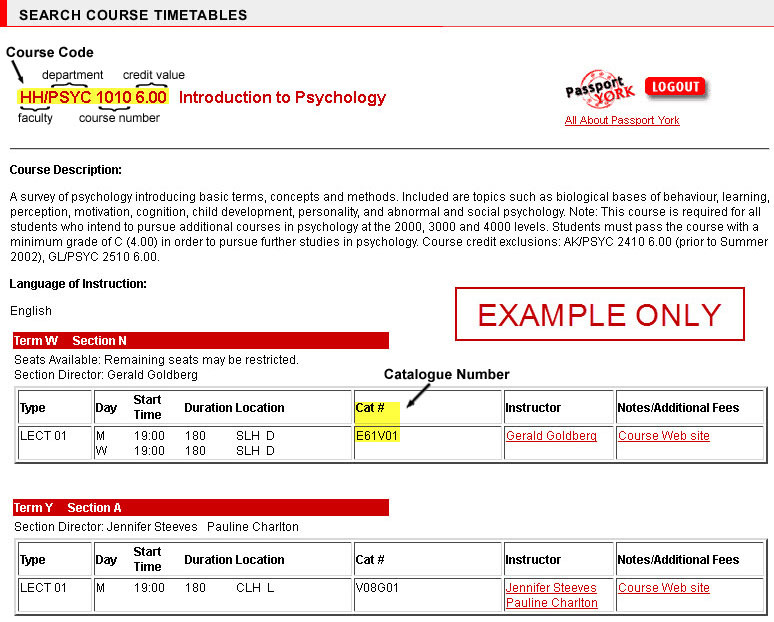So it’s that time of the year again: time to enroll in your Fall/Winter term courses. In this week’s blog, I want to give you some tips on how to create a course timetable that you’ll be happy with down the road.
Form a Manageable Timetable

When I returned to school 3 years ago, I was aiming for a soft landing – I wanted to ease the transition into school life by starting with a reduced course load. I planned to take 12 credits in the Fall and assess my load before the Winter semester. I ended up retaining an 80% course load until the Winter semester of the following academic year. Doing a bit of summer school after first year got me back “on track” and I have no regrets. When deciding how many credits to take, it is important to remember that each hour of on-campus lecture generally requires about 2 – 3 hours of self-study.
Pro Tip: Use these timetable worksheets to draft your schedule. Remember to include breaks!
How Do I Choose My Courses?

The first step involves knowing which courses you should be taking in the upcoming academic session. Use the Academic Calendar to find degree requirements, course load restrictions and other rules that apply to your degree (if you are a first-year student, these will be covered by your home Faculty during the enrolment process). Search the Course Timetables to see what courses are available in the upcoming session. When you click on a course, you will see a page similar to this:

This example shows the listing for a course called Introduction to Psychology. The preceding HH refers to the Faculty of Health. PSYC 1010 tells you that this is a first year course offered by the Department of Psychology. The 6.00 indicates that this is a 6-credit course. A full course load at York is a total of 15 credits per term (e.g. September – December), but you don’t have to do this many – more on that later.
The Term code refers to when and for how long the course will run:
|
F |
Fall |
September – December |
|
W |
Winter |
December – April |
|
Y |
Full Year |
September – April |
In our example above, PSYC 1010 is offered in the Winter Term with 6 lecture hours/week and also in a full-year format (8 months) with 3 lecture hours/week. For a complete list of other abbreviations, click here.
Read the Fine Print!

Upper-year courses (2000, 3000 and 4000 level) will have pre-requisites written in the course description, and not having these may result in de-enrolment. Co-requisites are courses that if not already completed, must be taken in the same semester. Course credit exclusions are courses that are significantly similar such that you may not count both for degree credit.
Note in our PSYC 1010 example that a minimum grade of C in this course is required before taking any subsequent psychology course. Moral of the story: read the course description carefully!
Have a Question? Ask!

If you require clarification about program requirements or what courses you should be taking, your first step should be to connect with your Faculty advising centre, a place to ask questions specific to your degree program! The extra effort you put in to reading the fine print and forming a manageable timetable can save you a lot of hassle down the road. In my next blog post I’ll talk about the online course enrolment process and how to deal with conflicts. If you follow these tips in the meantime, you'll be lookin' good!


